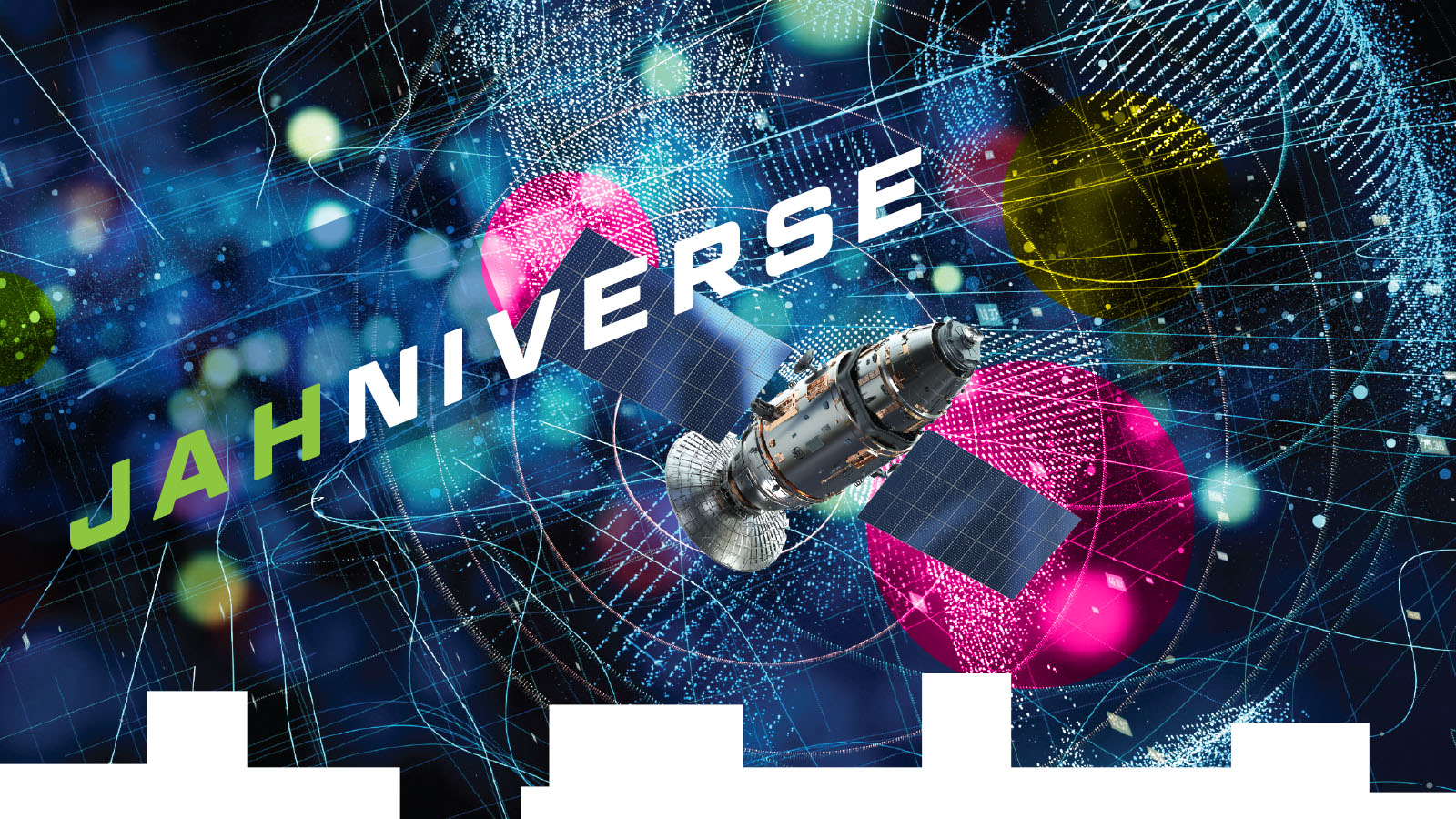Stay Up to Date
Submit your email address to receive the latest industry and Aerospace America news.
Humanity knows of several ecosystems comprising the Earth, its oceans and atmosphere. We could cluster these as a holistic ecosystem of ecosystems, call it the Gaia system, after the Greek goddess who inspired the modern idea that Earth’s living and inorganic content should be considered as one unit. By looking at Earth as the Gaia system, I’ve included the often overlooked near-Earth orbital space among these ecosystems. This orbital ecosystem is a population of mostly anthropogenic space objects, some abiotic objects like micrometeoroids and a few astronauts in low-Earth orbit, all interacting with and within a dynamic space environment. Moreover, there may be as-of-yet unknown processes driving the development and evolution of features and traits of near-Earth orbital space that are correlated with those of land, air and sea.
Near-Earth orbital space has gone largely unacknowledged as an ecosystem because it was invisible to humanity until people started sending satellites into orbit in the late 1950s. Like the wind, we notice near-Earth space only indirectly by observing how objects move within it. If you look at the sky, you don’t actually see the air currents, but you can infer them indirectly by observing how birds, clouds and airplanes are affected by them. Similarly, with near-Earth orbital space, this milieu comprised of inter alia, solar flux, charged particles, magnetic field lines and micrometeoroids is indirectly visible to us by observing its effects on the motion of satellites, dead rocket bodies and orbital debris. This ecosystem is becoming increasingly visible with the exponential growth of anthropogenic space objects. It’s time that humanity recognize near-Earth orbital space alongside the other finite environments of this Gaia system.
In my intellectual curiosities I recently came upon the concept of correlation pleiades, a reference to a cluster of things mostly used in biology. This concept was formulated by Paul Terentjev, a leading Russian evolutionist, in 1931 and was expanded on by Raissa Berg, a Russian geneticist known for her research focused on measuring mutation rates in fruit flies, in 1960. In essence, a correlation pleiades identifies how in some organisms, the developmental and evolutionary processes of some set of physical traits or features seem to be correlated and this constitutes a cluster, or pleiades, within a common organism. This immediately made me wonder if there exists at least one correlation pleiades within this Gaia system, to include near-Earth orbital space. My hypothesis is that there are dependent and linked processes among Gaia’s complex ecosystems that are presently unknown because they’ve not been evaluated holistically. By identifying any correlation pleiades of this Gaia system, we would be able to assess which traits and features collectively evolve via dependent and independent processes and perhaps even discover causal anthropogenic contributions to these processes. The outcome would tell us more about us as a humanity and provide greater insight into the consequences of our activities, as interacting constituents with this collection of finite environments. My foundational belief is that all things are interconnected in some way, irrespective of our ignorance regarding these connective mechanisms. Quantifying the Gaia system correlation pleiades would go a long way in helping us remove this ignorance.
One way to understand an ecosystem is to classify its constituents. We could classify the near-Earth orbital space constituents in terms of their roles in the birth, aging, death and elimination processes of this space object population. Specifically we would determine which objects in this ecosystem (a) produce other space objects, (b) are themselves actively controlled or alive, (c) are dead and no longer working, (d) cause the death of other objects, (e) decompose or degrade other objects, and (f) eliminate or remove other space objects from the population. Rockets and objects that explode are examples of birthing objects. Most space objects in this ecosystem simply get old and stop working but don’t cease to exist. Some objects may cause the death of another object through a collision. The micrometeoroid and small untrackable debris population degrade and contribute to the decomposition of larger trackable objects. Collisions can be considered jointly as dying and birthing processes. With the advent of active debris removal, we have objects that eliminate the very existence of certain dead objects from the population. Dead objects can be detrimental to those that are alive, kind of like zombies, because they still move at very fast speeds, can’t get out of the way of harming another object and may never be eliminated from the environment without human influence.
As you can see, this near-Earth orbital space ecosystem is quite complex, and truth be told, we have yet to fully characterize and understand it. This is why I propose studying this ecosystem in concert with those of the Earth, oceans and atmosphere as a holistic ecosystem of ecosystems, the Gaia system. The goal is to identify any correlation pleiades that may exist in the Gaia system and then seek to determine causal relationships. In so doing, we may discover otherwise hidden dependencies and can be empowered to find ways to mitigate any detrimental effects from our anthropogenic contributions.
About Moriba Jah
Moriba is a professor at the University of Texas at Austin and chief scientist at Privateer. He helped navigate spacecraft at NASA’s Jet Propulsion Lab and researched space situational awareness at the U.S. Air Force Research Laboratory, and is an AIAA fellow.
Related Posts
Stay Up to Date
Submit your email address to receive the latest industry and Aerospace America news.




